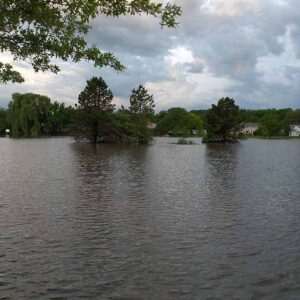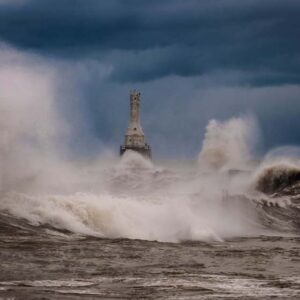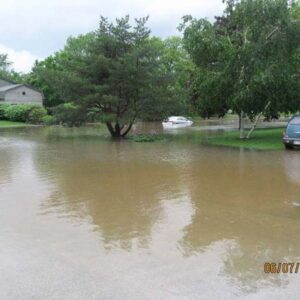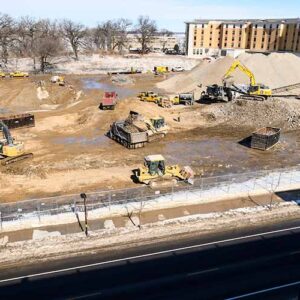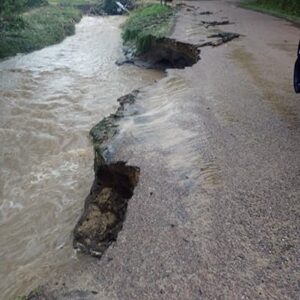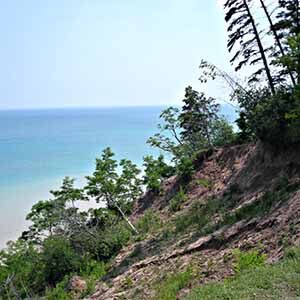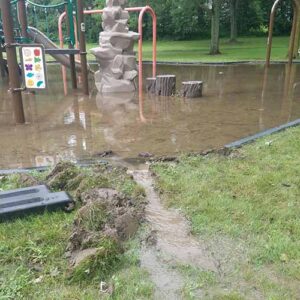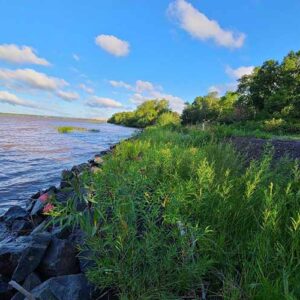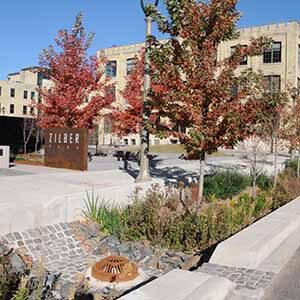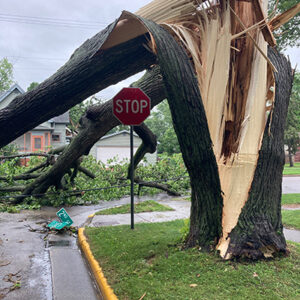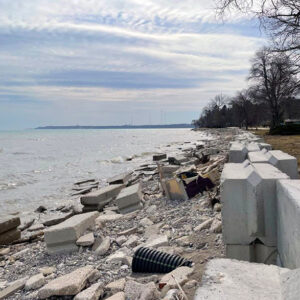Climate resiliency means changing our approach to building infrastructure
Investments in infrastructure have long-lasting impacts. Flooding, high water levels, changing freeze/thaw patterns and other climate impacts are putting those infrastructure investments at risk. As communities build back from disasters and plan for the future, they need better access to data, modeling, and designs to protect their economies and residents. Re-examining how we fund and construct our infrastructure are important to our overall efforts to reduce greenhouse gas emissions.
Summary of the Issues
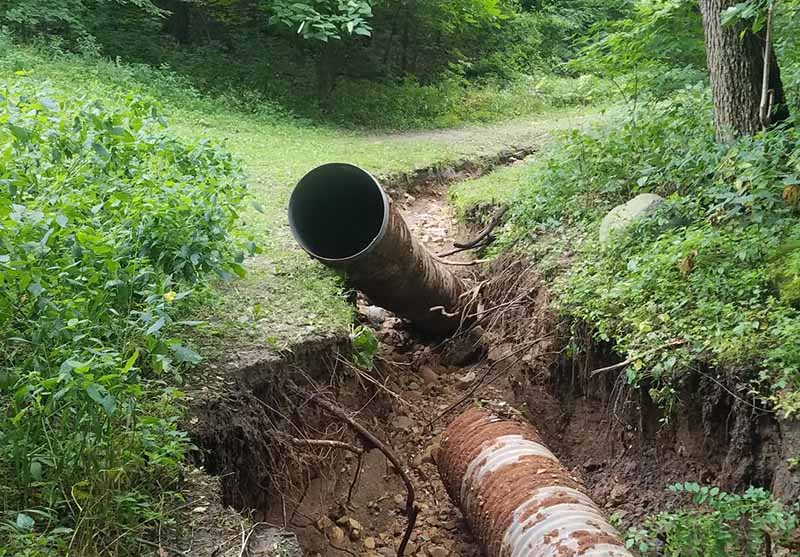
Infrastructure
Greenhouse gases released during the production of our most common construction materials, concrete and steel, represent about 20 percent of greenhouse gas emissions globally. Updated climate projections need to drive design decisions on how and where to build. This is something that is often beyond the limited resources of infrastructure managers or other decision makers, especially in smaller communities.
Coastal Resilience
Both high and low water level extremes are anticipated under a changing climate along the Great Lakes coastline. The variable water levels will have more rapid fluctuations between the highs and lows than seen in the historical record. Increased waves and storm surge are decreasing the stability of coastal bluffs. These climate change impacts are putting coastal-dependent industries and millions of people who live in the coastal area at risk.
Key Points
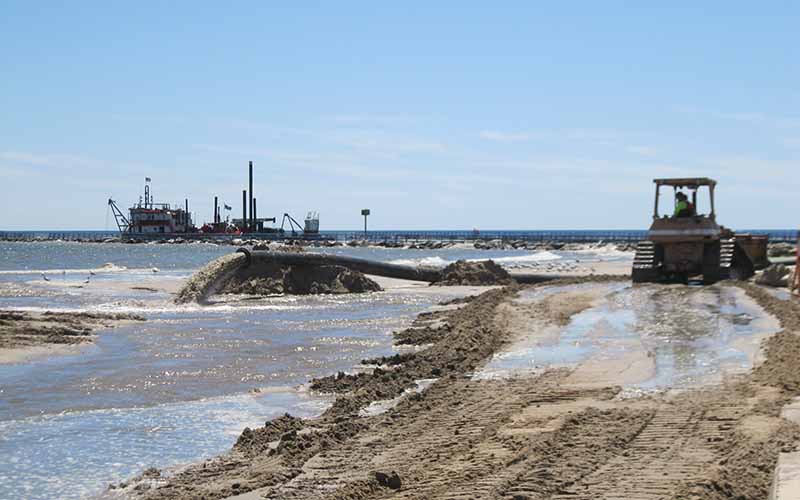
Current Infrastructure Wasn’t Built for the Future
Our rural roads, highways, airports, ports, dams, stormwater and wastewater systems have been designed according to past climate conditions that do not account for changes in climate, including increasing precipitation, earlier spring thaws and more freeze/thaw cycles, higher water table elevations, and more humid heat waves. Lack of climate change projections available to local officials is leading to inefficient planning and expenditures.
Building Materials Contribute to Climate Change
The production of material needed to build our infrastructure, like concrete and steel, represent a significant source of greenhouse gas emissions.
Coastal Infrastructure is at Risk
Great Lakes coastal infrastructure, recreation, and homes are at risk from extreme and rapid fluctuations in lake levels and decreased stability of coastal bluffs. Warming temperatures are anticipated to decrease the ice cover extent and duration on the Great Lakes, exposing coastal areas to greater wave energy and increased erosion and flooding along the shoreline. Increasing intensity and frequency of extreme rain events will also reduce the stability of coastal bluffs.
Flooding is Impacting Watershed Areas
Increased frequency and severity of floods in the Mississippi River and smaller watersheds are impacting the region’s economy, connectivity, ecology, and built environment.
Solutions
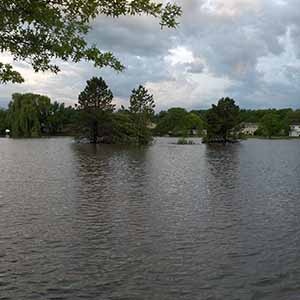
Support a State Climate Office to provide data and guidance for Wisconsin communities.
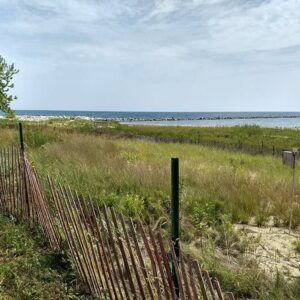
Design and build infrastructure that accounts for future climate conditions.
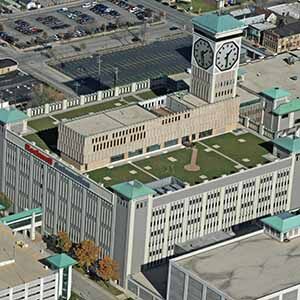
Provide state funding for climate resilient infrastructure repair and replacement.
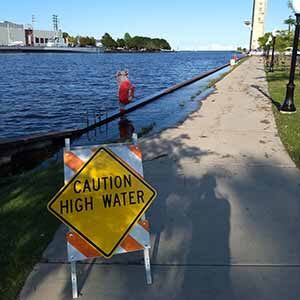
Conduct vulnerability assessments in coastal communities and explore options to adapt to a changing coastal climate.

Develop tools for the Mississippi River to aid in flood forecasting and planning.

